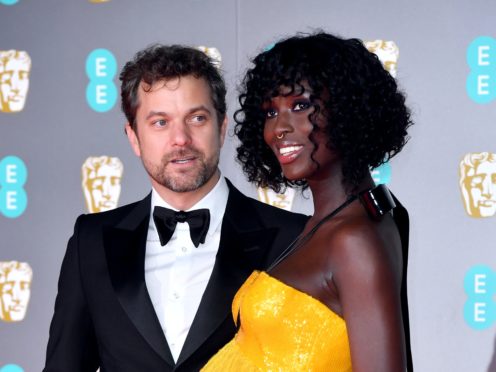British actress Jodie Turner-Smith has said she felt pressure to have a “perfect post-pregnancy body” following the birth of her daughter.
The star of Queen & Slim, 33, confirmed the arrival of her first child with husband Joshua Jackson, 42, in April this year.
The Peterborough-born actress, who lives in Los Angeles, told British Vogue she had been naive about the realities of pregnancy.
She said: “I laugh when I think back on my early pregnancy naivety, when ‘plans’ were still a thing.
“I thought it would be feasible to move house, have a child and go back to work a month later.
“I felt the pressure that we often place on new mothers: to get back to ‘normal’, to have what is considered a perfect post-pregnancy body – one that bears no trace of the fact that a tiny human was once held inside it and, only weeks before, passed through it.”
Turner-Smith, whose TV roles include The Last Ship and Nightflyers, tied the knot with Dawson’s Creek star Jackson last year.

Speaking about her decision to have a home birth, she said: “We had already decided on a home birth, because of concerns about negative birth outcomes for black women in America – according to the Centers for Disease Control and Prevention, the risk of pregnancy-related deaths is more than three times greater for black women than for white women, pointing, it seems to me, to systemic racism.
“We never imagined that in the coming weeks, hospitals around the country would begin restricting who could be present in the birthing rooms, forcing mothers to deliver without the support person or people of their choice.
“Delivering at home ensured that I had what every single woman deserves to have: full agency in determining my birth support.”
Read the full interview in British Vogue.
